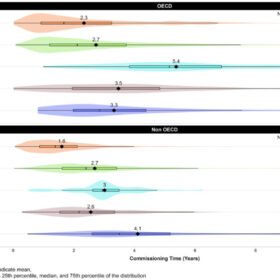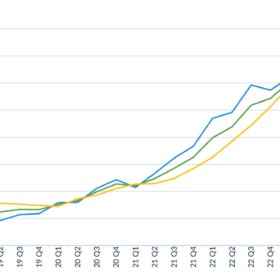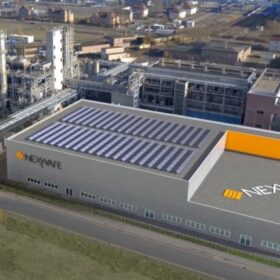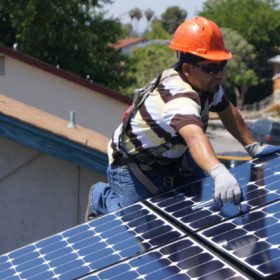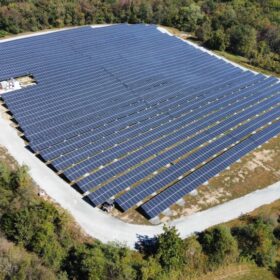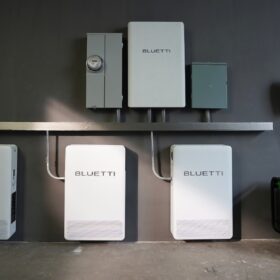Canadian startup offers 35%-efficient indoor perovskite PV modules
Canada’s Solaires Enterprises says its indoor perovskite modules are suitable for powering a range of electronic devices, such as wireless keyboards, smart door locks, electronic shelf labels, and sensors.
Arizona proposes solar power export tax
Solar assets that export electricity out of the state would be taxed 12.5% per every dollar of revenue made from the sale of electricity.
PV commissioning times up by 6 months over past 20 years, claim scientists
Scientists in Switzerland used project-level data from BloombergNEF to analyze completion times of renewable energy projects across 48 countries. They have found that average commissioning times have increased over the past two decades for all clean energy technologies.
Solar power purchase agreement prices rise 15% year-over-year
PPA pricing rose in some markets like California and declined in others, including Texas, said a report from LevelTen Energy.
Sunrun solar-plus-storage powers the grid during peak demand
In partnership with utility Pacific Gas and Electric, the residential solar installer enrolled distributed batteries to serve the grid during times of peak demand.
Secondary market for solar modules presents low-cost buying opportunities
Pricing comparisons and trends within the solar panel secondary market are reviewed in a report from EnergyBin.
Powin leverages battery cell-level data for high-performing grid-scale storage
The energy storage provider has grown rapidly from $200 million in sales in 2021 to over $2.2 billion in 2023.
Nebraska introduces legislation to prevent HOA from barring solar installation
Under the bill, any regulations prohibiting solar installations would be deemed void and would have a civil cause of action of violation occurs.
Germany’s Nexwafe mulling U.S. wafer factory
German wafer manufacturer Nexwafe says it has set up a subsidiary in the United States to evaluate the potential to produce wafers in the country.
ADT security exits rooftop solar business
The home security provider posted losses of $89 million in its solar business over the first nine months of 2023.


